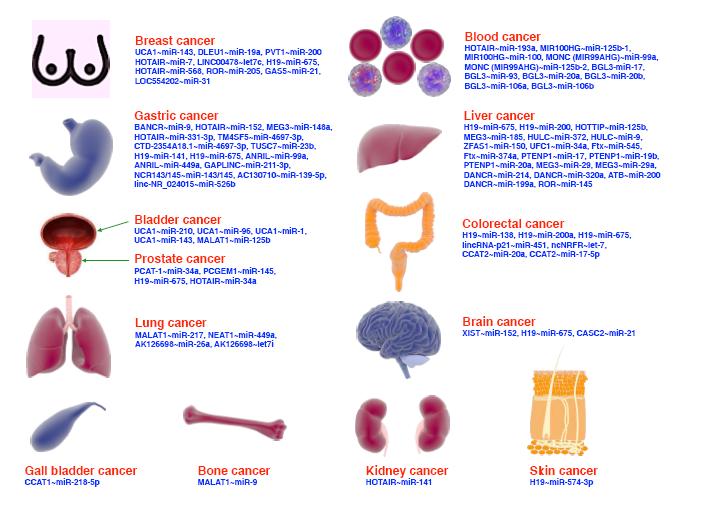Objective To investigate the influence of heat shock protein A2 (HSPA2) on the biological behavior of pancreatic adenocarcinoma cells and its mechanism. Methods The expressions of HSPA2 were determined in the human pancreatic adenocarcinoma cell lines (PANC-1, BxPC-3, and AsPC-1) using the Western blot. Subsequently, the cells with the lowest and highest HSPA2 expressions among these three lines were selected for conducting overexpression and knockdown experiments targeting HSPA2, respectively. The cellular proliferation, cell clonogenesis, migration, and invasion capabilities were assessed using MTT, clonogenic assay, and Transwell assay, respectively. Additionally, the impact of HSPA2 on the expression of key markers of epithelial-mesenchymal transition (EMT) was examined using the Western blot. The potential target molecules of HSPA2 were identified through immunoprecipitation assay and mass spectrometry. The rescue experiments further explored the regulatory relation between the HSPA2 and its target molecules. The influence of HSPA2 on pancreatic adenocarcinoma growth was investigated through establishment of xenograft tumor model in nude mice. Results The HSPA2 exhibited the lowest expression in the PANC-1 cells and the highest expression in the AsPC-1 cells among the three cell lines. Subsequent functional studies demonstrated that the overexpression of HSPA2 in the PANC-1 cells markedly promoted proliferation, cell clonogenesis, migration, and invasion, while the knockdown of HSPA2 expression in the AsPC-1 cells markedly inhibited these processes. The Western blot analysis further showed that the HSPA2 overexpression downregulated E-cadherin expression and upregulated N-cadherin and Vimentin expressiones, whereas the HSPA2 knockdown produced opposite effects. The rescue experiments indicated that the HSPA2 promoted the EMT in pancreatic adenocarcinoma cells by upregulating Yes associated protein (YAP). The subcutaneous xenograft tumor experiments in the nude mice showed that the HSPA2 knockdown inhibited tumor growth. Conclusion The results of this study suggest that HSPA2 promotes EMT via upregulating YAP, which facilitates proliferation, migration, and invasion of pancreatic adenocarcinoma cells.
Citation:
JU Tongfa, LI Weibo, WU Zesheng, ZHAI Lulu. Influence of heat shock protein A2 on proliferation, migration, and invasion of pancreatic adenocarcinoma cells via regulation of YAP. CHINESE JOURNAL OF BASES AND CLINICS IN GENERAL SURGERY, 2025, 32(5): 617-625. doi: 10.7507/1007-9424.202411062
Copy
Copyright © the editorial department of CHINESE JOURNAL OF BASES AND CLINICS IN GENERAL SURGERY of West China Medical Publisher. All rights reserved
| 1. |
|
| 2. |
|
| 3. |
|
| 4. |
|
| 5. |
|
| 6. |
|
| 7. |
|
| 8. |
|
| 9. |
|
| 10. |
|
| 11. |
|
| 12. |
|
| 13. |
|
| 14. |
|
| 15. |
|
| 16. |
|
| 17. |
|
| 18. |
|
| 19. |
|
| 20. |
|
| 21. |
|
| 22. |
|
| 23. |
|
| 24. |
|
| 25. |
|
| 26. |
|
| 27. |
|
| 28. |
|
| 29. |
|
| 30. |
|
| 31. |
|
- 1.
- 2.
- 3.
- 4.
- 5.
- 6.
- 7.
- 8.
- 9.
- 10.
- 11.
- 12.
- 13.
- 14.
- 15.
- 16.
- 17.
- 18.
- 19.
- 20.
- 21.
- 22.
- 23.
- 24.
- 25.
- 26.
- 27.
- 28.
- 29.
- 30.
- 31.




